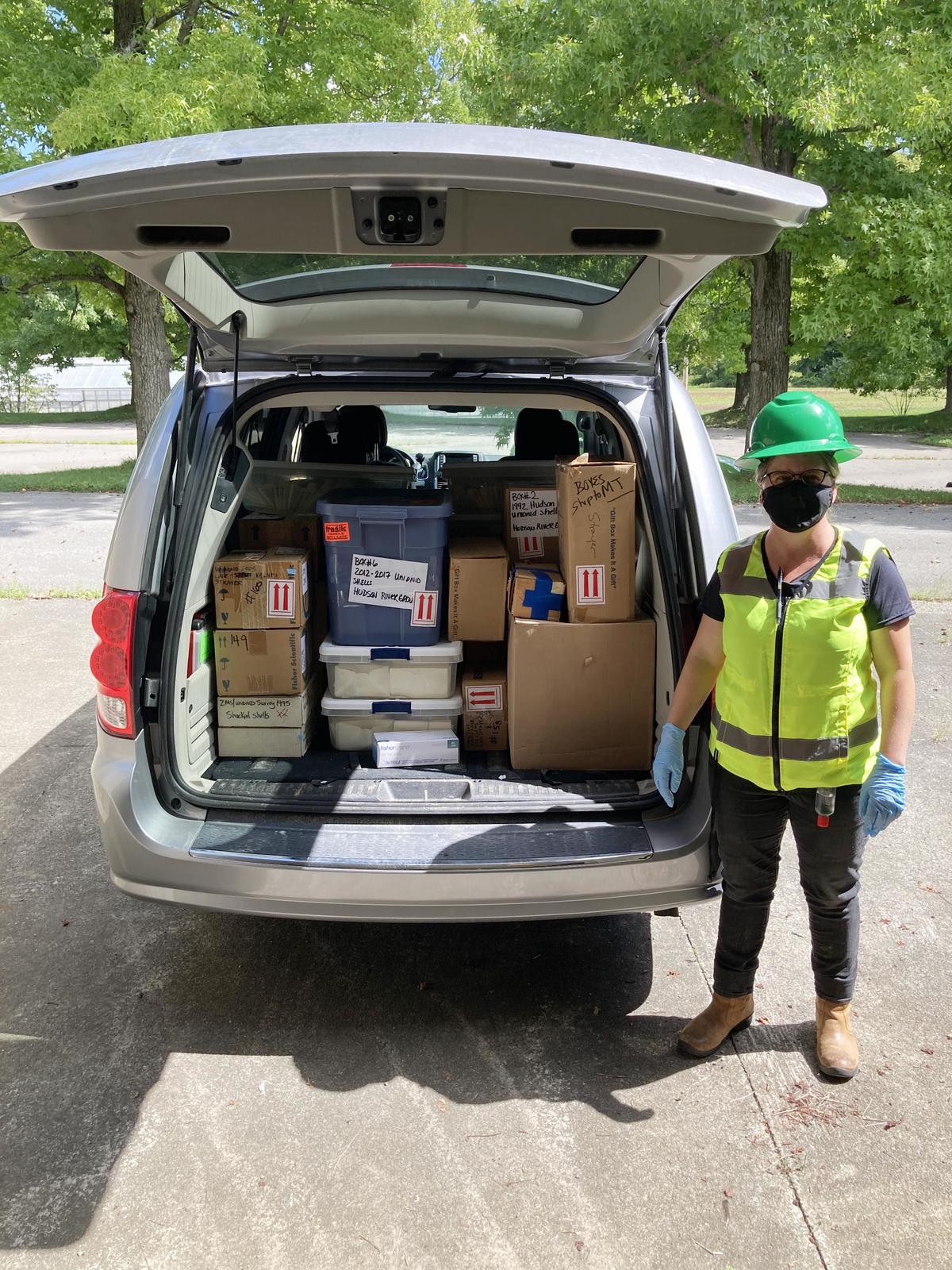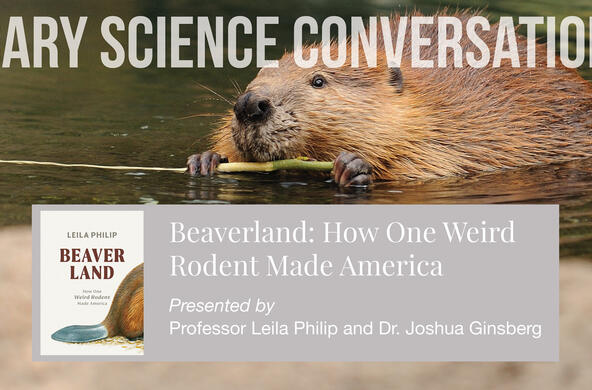Last month, 3214 freshwater mussel shells from the Hudson River made the trip from Cary’s labs in Millbrook, NY to the University of Michigan Museum of Zoology (UMMZ). Why did we collect these shells, and why did they wind up at UMMZ?
We collected the shells as a part of scientific studies to see how many native mussels were living in the Hudson estuary (1.1 billion), what kind they were (mostly just 3 species), how big they were (all sizes from little fingernail-sized babies to big bruisers almost 5 inches long), estimate the roles they played in the ecosystem (pretty modest, most important up near Albany), and how fast they were growing (we didn’t find out because for some reason the Hudson shells don’t have annual rings like they should).

Then we got interested in knowing how the native mussels would respond to the zebra mussel invasion (they all got skinnier, two of the species disappeared, and the third became scarce and is probably on its way out, because zebra mussels ate all of the food). A few years later, it occurred to us that the shells of the mussels might be getting thicker in response to increased predation from crabs and other predators that were attracted to the bountiful banquet provided by the billions of zebra mussels in the Hudson (the shells are about 25% thicker than they were in 1991, but we’re not sure it’s from the predators).
So we’ve used these shells for everything that we could think of, and they’ve been an important part of Cary’s uniquely detailed study of the effects of the zebra mussel invasion on the Hudson River ecosystem.
But although we Cary scientists think of ourselves as pretty smart, we know that we’re not smart enough to think of everything that these shells might tell us (see some examples in An interview with the 300-year-old clam). Some day, a scientist who is smarter than us, has access to technology that we can’t even dream of, or wants to test a theory that won’t be articulated until the year 2082, will want to analyze those shells.
My favorite example of this sort of thing is how soil samples that were collected in the Rothamsted experiment in the UK in the mid-19th century, before radioactivity was discovered or even remotely imagined, were used a century later to measure radioactive fallout from the bomb tests of the 1950s. Other unanticipated uses for archived samples include analyses of DNA from species that went extinct before DNA was discovered, reconstructions of the timelines of environmental contamination, and so on.
The Cary Institute isn’t well suited to preserve mussel shells for decades or centuries, but we know someone who is. When you go to a museum like the American Museum of Natural History in New York City or the Smithsonian down in Washington DC, you see magnificent public displays of dinosaurs, jewels, and dioramas. What you don’t see is a less magnificent but equally important part of the museum – the research collections.

These research collections contain literally millions of specimens of all kinds of things in drawers, cabinets, boxes, and jars, meticulously organized and protected for centuries for the benefit of science and society. The UMMZ holds one of the world’s greatest mollusk collections (more than 300,000 lots, to be precise), and their specialty is freshwater species. They’re exactly the place that a scientist would go if they were looking for shells to study, and UMMZ is very good at keeping specimens safe and organized for the long haul, publicizing their existence, and making them available for scientific study.
So the shells that we collected in 1991-2018 may be used yet again sometime in the future, perhaps answering a question that I can state but couldn’t answer myself (how are animals from the Hudson related to mussels in other Eastern rivers?, what was the history of environmental contamination in the Hudson through the mid- to late 20th century?). Or maybe some scientist with a futuristic haircut will use a tricorder or something to measure the tachyon content of our mussel shells in 2082, to answer a question that I wouldn’t even understand. May these shells last long and prosper.







